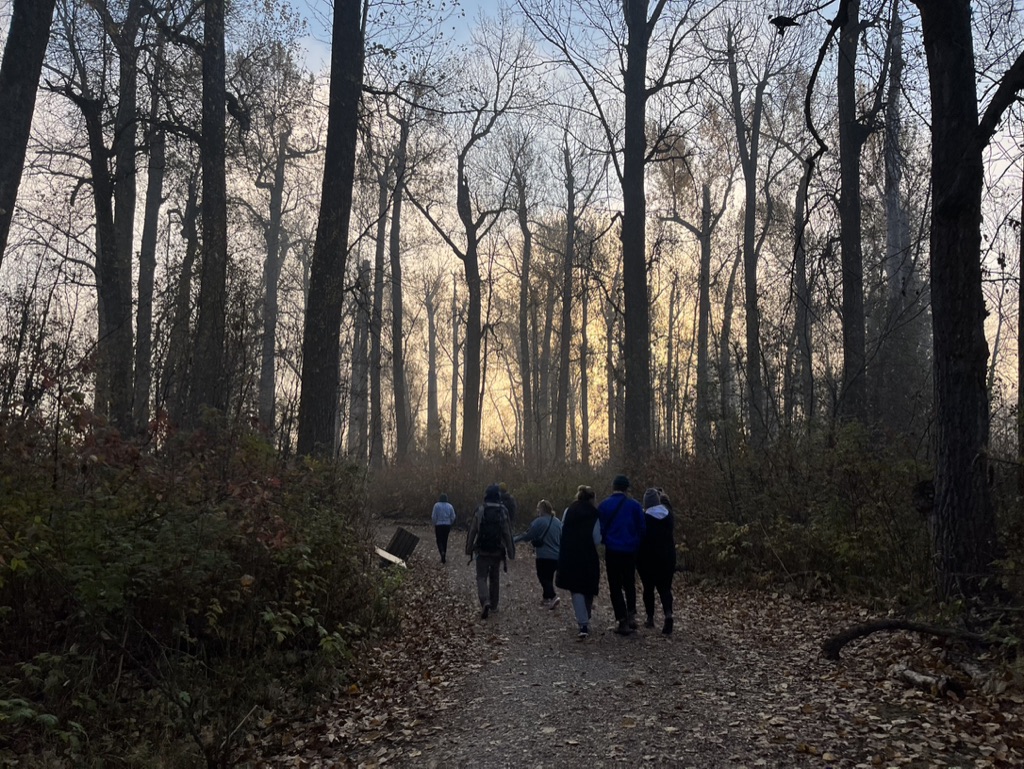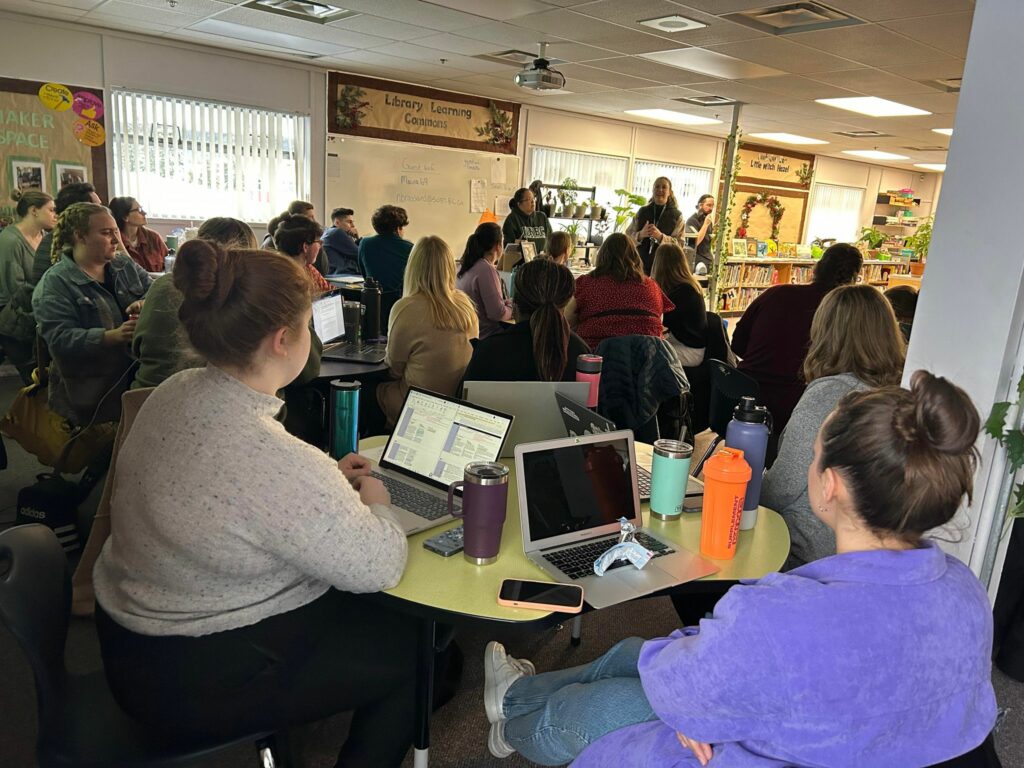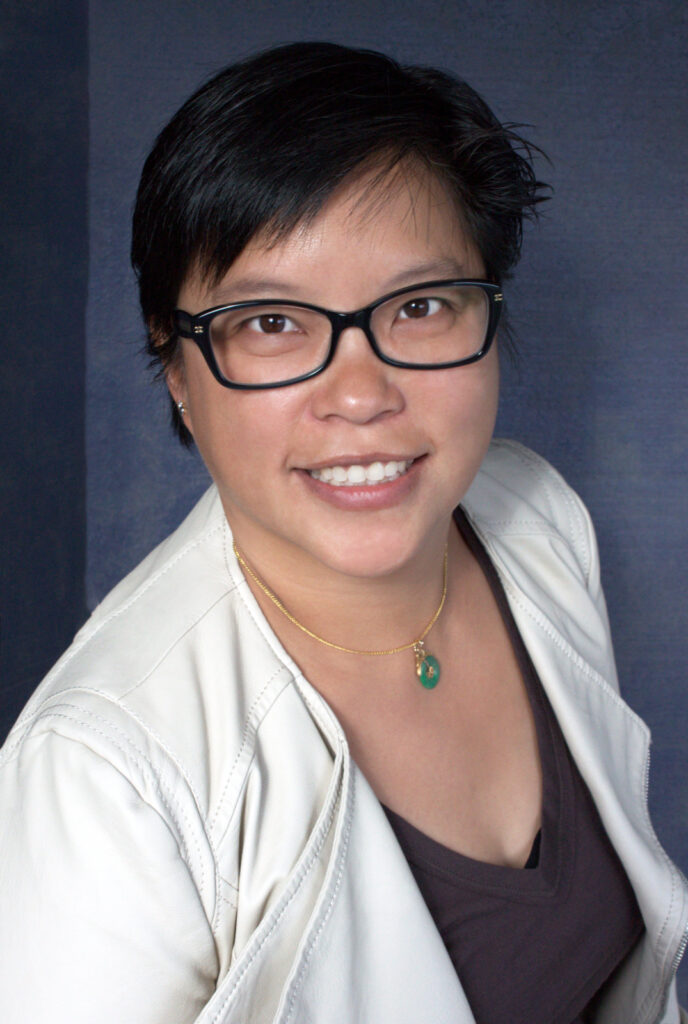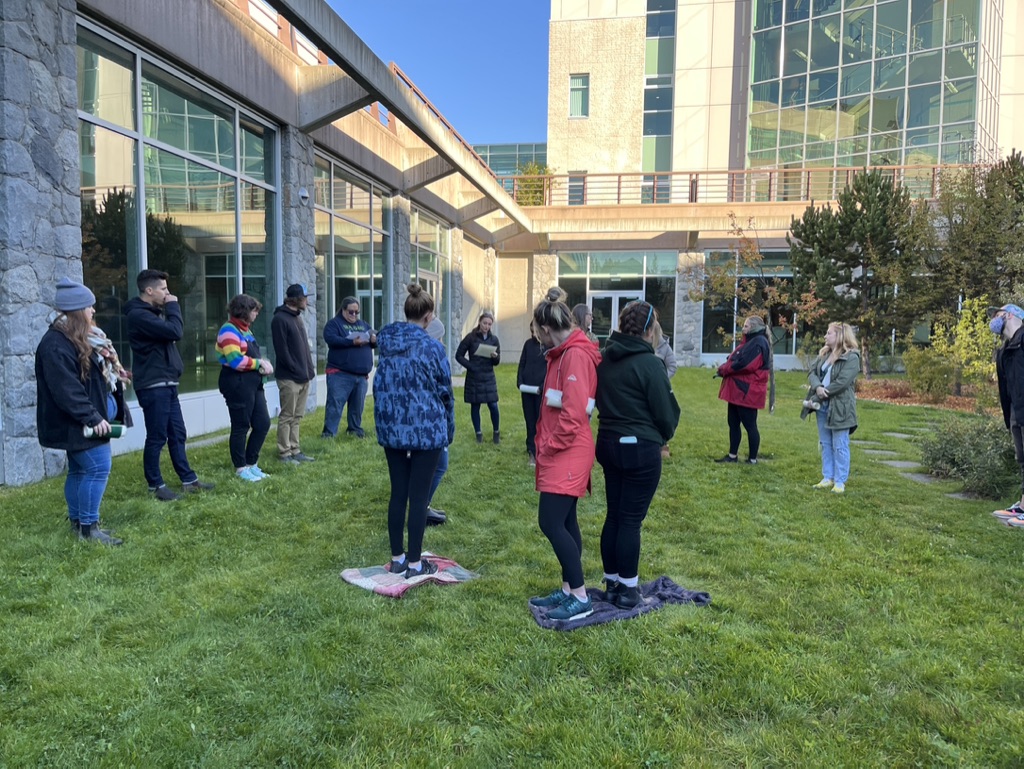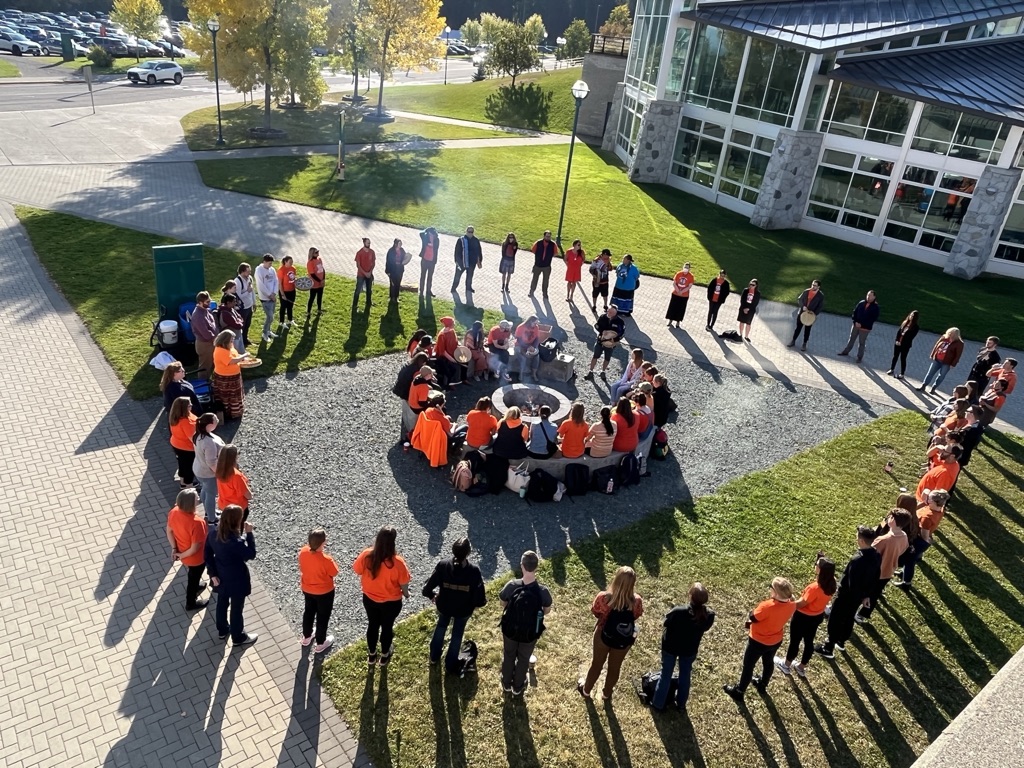Educators understand and apply knowledge of student growth and development.
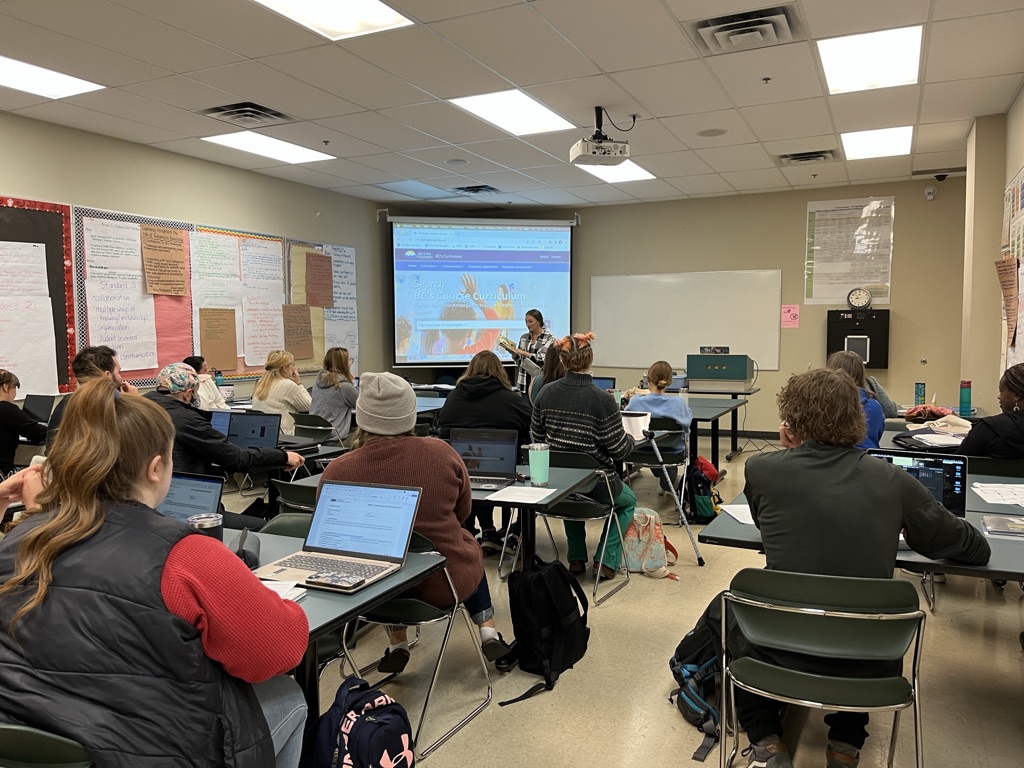
What I am learning in EDUC 633 as the course instructor is that specific learning occurs at different life stages. Some of this learning is anticipated or expected as certain stages and if these benchmarks are not met within a reasonable timeframe then interventions are required to help the learner achieve these goals or skills. Teachers can also refer to the BC Performance Standards to assess if students are meeting expectations in terms of what is age appropriate. There is also the value of experience and working with students in context (i.e., during practicum or practice) to also develop ones understanding of student growth and development.
The artefact that I can think of in teacher education is LESSON PLANNING. I am comparing my experiences from last year and this year in context to EDUC 391 and EDUC 421 in situ learning at Harwin. (I could also do a similar comparison with EDUC 490 and EDUC 491, but both courses follow EDUC 391/421). Also, I have two years to compare the growth and development of teacher candidates in lesson planning in preparation for the EDUC 490 and EDUC 491 practicums.
Last year, I taught EDUC 391/421 as in situ at Harwin Elementary. The course started with 2 weeks of online learning due to COVID-19 and all of the teacher candidates wore masks in the school and classrooms to be compliant to the pandemic safety protocols. Moreover, I did not teach this cohort in the previous term. I had to make assumptions and pre-assessments to know what this crew understood about BC’s Curriculum, lesson planning, and assessment practices. At the same time, I was applying my knowledge from my previous experience teaching and supervising EDUC 490 and EDUC 491 with lesson planning.
Throughout my years teaching EDUC 490 and EDUC 491, there were some learning gaps that could be remedied in EDUC 391/421. What I realized is, prior knowledge with BC’s Curriculum, UDL, and lesson planning needed to occur during the first term. Therefore this year, I took feedback from the teacher candidates from last year in addition to my understanding of EDUC 490/491, I opted to design the learning experiences for the Elementary Cohort as an ongoing learning experience for terms 1 and 2 in anticipation for EDUC 490/491.
I taught EDUC 394, EDUC 405 (two terms), EDUC 391, and EDUC 421. Having the same cohort for these courses in terms 1 and 2 provided an opportunity for me to create a narrative and learning progression for teacher candidates to participate in with respect to lesson planning, BC’s Curriculum, and assessment. We started working with BC’s Curriculum and scaffolded lesson plan in term 1. We worked in triads and independently. We sought peer feedback and used self-assessments. Feedback from the instructor was ongoing and scaffolding of the lesson plan template developed overtime until term 2 with “in situ” learning.
The graduation of use of the lesson plan template, increased familiarity of BC’s Curriculum, and working with K-7 students in classrooms over a period of 3 weeks where we created an introduction lesson plan, a linked lesson in career education, and then a mini-unit plan in Art Education and Indigenous Education helped teacher candidates to develop their thinking in lesson planning and prepare for EDUC 391 practicum, which is 3-weeks and teacher candidates are planning, prepping, and teaching full classes with the the help of the Coaching Teacher.
Teacher candidates are still developing their assessment strategies and skills, their preparation for lesson planning and prepping using BC’s Curriculum and teaching students in K-7 are PROFICIENT or extending (based on BC’s proficiency scale). After visiting the teacher candidates in classrooms during EDUC 391 practicum, they are extending their learning experience by making mini-unit plans, linked lessons, and teaching subject areas beyond the 4-core subject areas. They are planning interdisciplinary lesson plans and their teaching efficacy is evident.
